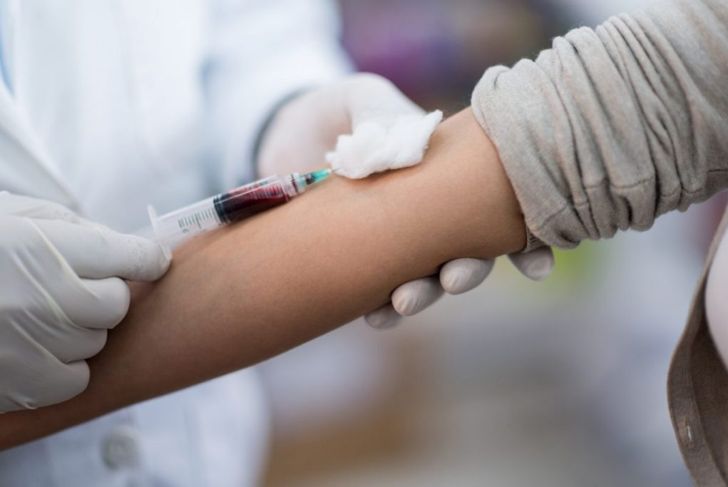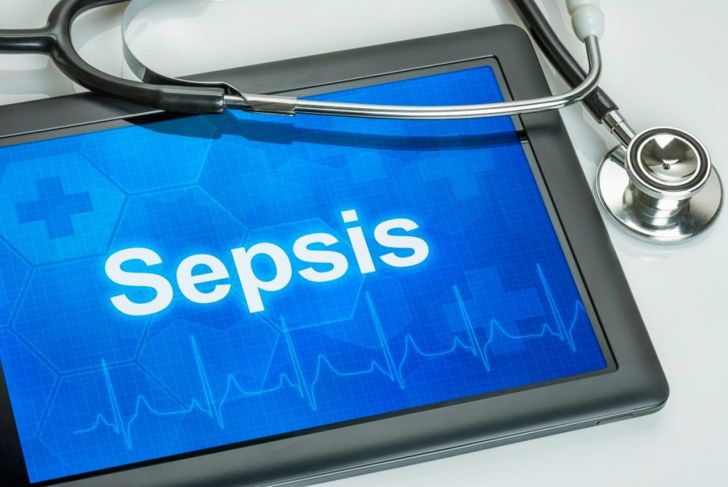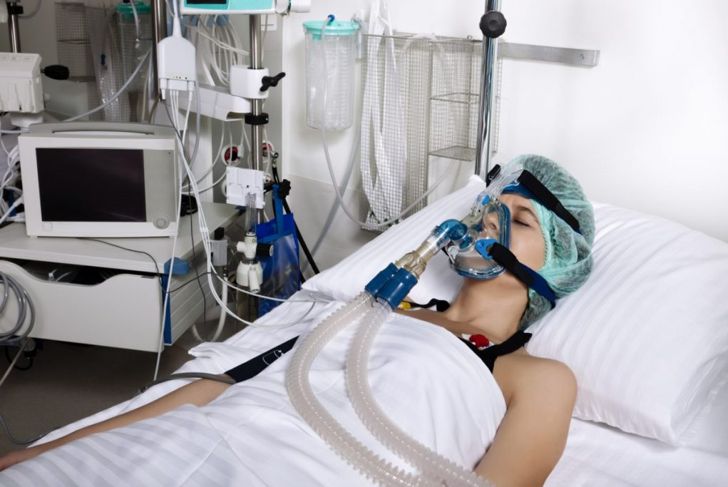Acute respiratory distress syndrome (ARDS) is a life-threatening condition. When a person develops ARDS, their lungs are no longer able to supply their body with adequate amounts of oxygen. The alveoli — air sacs — fill up with fluid. Most people who get ARDS already have a serious underlying health condition that causes these respiratory difficulties. For this reason, ARDS most common in people previously hospitalized, though this is not always the case.
Symptoms of Acute Respiratory Distress Syndrome
Symptoms vary according to the underlying cause. Most people with ARDS will experience severe shortness of breath, and their breathing may be faster than usual or very shallow, or they may struggle to breathe. The decreased level of oxygen in the blood may cause sleepiness, confusion, and disorientation. Individuals may also have abnormally low blood pressure, and ARDS can cause feelings of dizziness or faintness.
Common Causes
When a person has ARDS, fluid seeps from the surrounding blood vessels into the alveoli. In healthy individuals, a protective membrane inside the blood vessels prevents this from happening. If a person is very ill or injured, the membrane to leak. Severe infections, such as pneumonia or influenza, most commonly cause this damage, though blood poisoning or inhaling a substance into the lungs such as vomit or chemicals can have the same effect. Severe chest trauma can also cause ARDS. Acute pancreatitis, where the pancreas becomes inflamed very suddenly, can lead to the condition, as well.
Diagnosis of ARDS
There is no specific test for acute respiratory distress syndrome. Doctors will need to carry out a range of investigations to diagnose the condition and rule out other causes. Blood tests can check for underlying infections and detect the amount of oxygen in the blood. A pulse oximetry test will determine how much oxygen is in the blood. The doctor may order chest x-rays and CT scans to search for signs of infection and ARDS.
Risk Factors
People who are already critically ill in the hospital are most likely to develop acute respiratory distress syndrome as a complication of their existing condition. Those with an infection in their bloodstream (sepsis) are at an especially high risk of developing the condition. People with long-term alcoholism have a greater chance of getting ARDS than the rest of the population. Fatalities are also more common to this demographic.
Treatment
People with acute respiratory distress syndrome will usually be admitted to the hospital’s intensive care unit, where they receive supplementary oxygen. They may need to be put on a respiratory ventilator to help them breathe. This also helps force some of the fluid out of the lungs. To treat ARDS, doctors will need to treat the underlying cause of the condition. Often, this involves using antibiotics to fight a bacterial infection. The person may be given painkillers to manage any discomfort.
Complications
Some people will develop further complications while they are hospitalized with acute respiratory distress syndrome. Lying still in bed for a long time can cause blood clots to develop, especially in the legs. Artificial ventilation can also cause problems, including collapsed lungs or further chest infection. Some patients develop a condition called pulmonary fibrosis, which results in thickening and hardening of the tissues between the air sacs. This stiffens the lungs and makes oxygen transfer to the blood more difficult.
Prognosis
Acute respiratory death syndrome is fatal in about one-third of cases. However, this is usually because of the pre-existing medical condition, rather than ARDS itself. The majority of people with the condition will recover, though a large proportion have ongoing chronic health problems as a result.
Ongoing Health Problems
Most people who have recovered from ARDS will experience ongoing breathing problems and may need oxygen therapy at home. Some people recover most of their lung function in time, while others have breathing difficulties for life. The person may feel very tired and have muscle weakness following a long period in hospital. Many people who have recovered from ARDS develop depression, and may also experience confusion and memory loss due to oxygen deprivation and some of the sedative drugs used in treatment. These side effects may improve over time or be permanent.
Prevention
It is difficult to prevent ARDS, but seeking prompt medical treatment for any respiratory infections can help prevent more serious conditions that could eventually lead to a secondary illness. Receiving influenza vaccinations can decrease the risk of respiratory infections. Since smoking and chronic alcohol use increase the odds of developing ARDS, giving these up can significantly decrease overall risk.
When to Seek Help
Most people with ARDS receive an early diagnosis because they are already in hospital with a serious illness. However, the condition can develop at home very quickly as the result of an infection or another incident, such as aspirating vomit. Any person showing signs of a respiratory infection or who believes they have inhaled a chemical or vomit should seek immediate medical attention. If breathing problems are present, this is a medical emergency.

 Home
Home Health
Health Diet & Nutrition
Diet & Nutrition Living Well
Living Well More
More




















